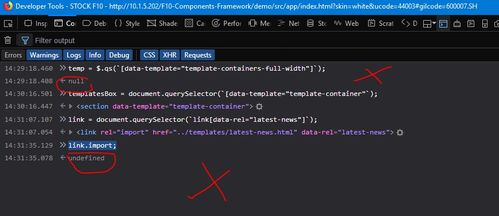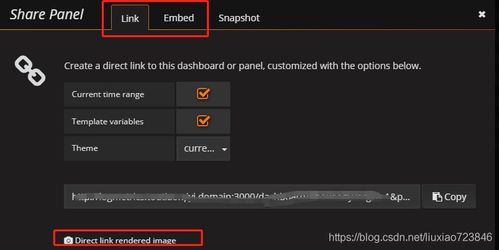Embed Link HTML: A Comprehensive Guide for Effective Web Integration
Are you looking to enhance the functionality of your website by embedding links? If so, you’ve come to the right place. Embedding links is a crucial aspect of web design that can significantly impact user experience and SEO. In this detailed guide, I’ll walk you through the process of embedding links using HTML, covering various aspects such as syntax, attributes, and best practices. Let’s dive in!
Understanding the Basics of Embedding Links

Before we delve into the specifics, it’s essential to understand the basic structure of an HTML link. A link in HTML is created using the anchor tag (<a>). This tag has several attributes that you can use to customize the link’s appearance and behavior.
| Attribute | Description |
|---|---|
| href | Specifies the URL of the page the link goes to. |
| target | Specifies where to open the linked document. |
| title | Specifies additional information about the link. |
| class | Used to apply CSS styles to the link. |
Now that you have a basic understanding of the anchor tag and its attributes, let’s explore how to embed links in different scenarios.
Embedding Links to External Websites

One of the most common uses of embedding links is to direct users to external websites. To do this, you’ll need to use the href attribute and specify the URL of the external website. Here’s an example:
<a href="https://www.example.com" target="_blank" title="Visit Example.com">Visit Example.com</a>
In this example, the link will open the external website in a new tab (target=”_blank”) and display a tooltip with additional information (title=”Visit Example.com”).
Embedding Links to Internal Pages

Embedding links to internal pages on your website is equally important. This helps users navigate your site and improves SEO. To link to an internal page, you’ll need to specify the path to the page within your website’s URL. Here’s an example:
<a href="/about-us" title="Learn more about us">About Us</a>
In this example, the link will direct users to the “/about-us” page on your website.
Embedding Links with CSS
One of the advantages of using HTML links is the ability to style them using CSS. This allows you to create visually appealing links that match the design of your website. Here’s an example of how to style a link using CSS:
<style> a { color: 007bff; text-decoration: none; } a:hover { text-decoration: underline; } </style>
In this example, the link will have a blue color and no underline by default. When the user hovers over the link, it will display an underline, enhancing the visual appeal.
Embedding Links with JavaScript
Embedding links with JavaScript can add interactivity to your website. For example, you can create a link that triggers a specific action when clicked. Here’s an example of how to use JavaScript to create an interactive link:
<script> function myFunction() { alert("Link clicked!"); } </script> <a href="" onclick="myFunction()">Click Me</a>
In this example, the link will display an alert with the message “Link clicked!” when clicked.
Best Practices for Embedding Links
When embedding links, it’s essential to follow best practices to ensure a positive user experience and improve SEO. Here are some tips:
- Use descriptive link text to make it clear where the link goes.


















